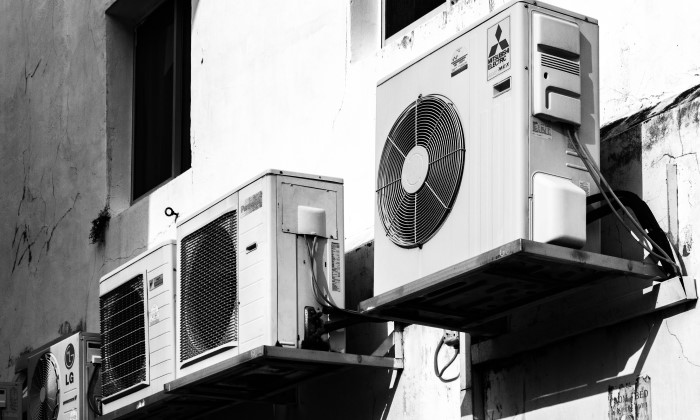You will likely see a SEER rating when looking for a new air conditioner. It stands for Seasonal Energy Efficiency Ratio and measures how efficient the air conditioner is. But what does this number mean? And how does it affect your wallet? Here we will answer some of the most common questions about SEER ratings.
What SEER rating is considered high efficiency?
A higher SEER rating means that the air conditioner uses less energy to cool the same amount of space. The minimum SEER rating for new air conditioners is 13, but units with a SEER rating of 16 or higher are considered high efficiency. High-efficiency air conditioners often have features that help them to use less energy, such as variable speed fans and better insulation.
What is the most common SEER rating?
The most common SEER rating is 13, although there are units with ratings as low as 10 and as high as 21. Accordingly, a unit with a SEER rating of 21 will use about half as much electricity as a unit with a SEER rating of 10. Not surprisingly, units with a good seer rating tend to cost more upfront, but they can quickly pay for themselves in lower energy bills.
For example, a unit with a SEER rating of 13 will typically cost around $3,000, while a unit with a SEER rating of 21 will cost around $5,000. However, the more expensive unit will save homeowners thousands of dollars in energy costs over its lifetime. As a result, it is often worth investing in a high-efficiency unit, even though it may have a higher initial price tag.
How many seers will I need for a 2000-square-foot area?
To determine how many seers you need for 2000 square feet, you will need to calculate your home’s BTU, or British Thermal Unit, rating. The BTU rating is a measure of the amount of heat that a space generates. To calculate the BTU rating for your home, you will need to know the square footage of the space, the insulation rating, and the climate. Once you have those numbers, you can use an online BTU calculator to determine the necessary BTU rating for your home.
Once you know the BTU rating for your home, you can use that number to determine the necessary seer rating. Typically, homes in warm climates require a seer rating of 14 or higher, while homes in cooler climates can get by with a seer rating of 12. Therefore, if you live in a warm climate and your home has a BTU rating of 2000, you will need an air conditioner with a seer rating of 14 or higher.
Is 21 SEER worth the money?
A higher SEER rating indicates a more efficient system, and the systems with the highest ratings can often come with a hefty price tag. So, is 21 SEER worth the money? In most cases, the answer is yes. While a 21 SEER system may cost more upfront, it will typically pay for itself over time in lower energy costs. In addition, a higher-efficiency system will often operate more quietly and provide better overall performance. As a result, upgrading to 21 SEER can be a wise investment for any homeowner.
Although SEER ratings are important when purchasing a new air conditioner, they should not be the only factor. By considering your home’s square footage, insulation levels, and other factors, you can ensure that you find the best air conditioner for your needs. If you have questions about SEER ratings or anything else related to air conditioning, do not hesitate to contact us. We would be happy to help!

